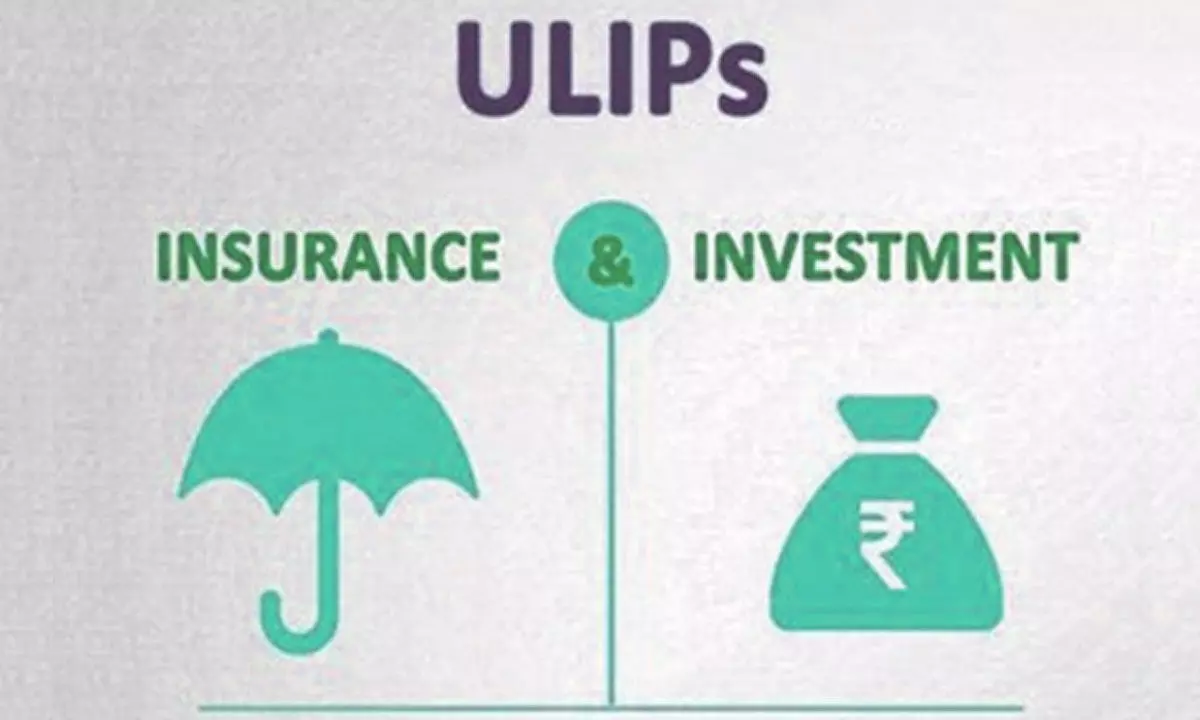What happens when policyholder stops paying ULIP premium?
The money lying in the discontinued policies funds will earn a minimum interest of 4% until the ULIP lock-in period expires
image for illustrative purpose

I have stopped paying the ULIP premium. Is it true that I will not get the surrender value immediately?
- P Satish Reddy, Hyderabad
The Unit Linked Insurance Plan (ULIP) is a type of insurance plan that offers the double benefit of investment and life insurance. Unit Linked Insurance Plan schemes help investors achieve their long-term financial goals. The main feature of ULIP is that it offers a life cover that ensures financial security for the investor's family in the event of an unfortunate incident and protection from life's uncertainties. In other words, the ULIPs will provide the dual benefit of a lump sum payout for their goal and financial protection for the family.
Since the ULIP is a dual plan, the premium paid towards a ULIP is divided into two parts. One part of the premium is predetermined towards the investor's life cover, and the remaining is invested in the fund as per the investor's choice. Investors have the option to choose to invest in equity, debt, and hybrid funds as per their risk appetite and financial goals and long-term goals. Investors also have the option to switch as the market changes. The ULIP offers the flexibility to choose from a wide range of funds to match an investor's investment style and choice of the policy term. This makes ULIPs an ideal investment option among investors.
The policyholder of the ULIPs must bear the risks associated with the investment portfolio. Like mutual funds, in the ULIP, past performance is neither guarantee of future performance nor indicative of future results. At the same time, one should not discount an investment due to its poor performance in the past.
There is no liquidity option in linked insurance products, including the ULIPs, during the first five years of the investment. Because the ULIPs usually have a lock-in period of five years. Some ULIPs offer the right to surrender at any point in time during the five years to the investor or policyholder to meet their emergency financial needs. Surrendering a policy implies that the policyholder wants to exit the policy before its maturity. In some of the ULIPs, the policyholder cannot surrender and cannot withdraw the ULIP investment amount fully or partially for the first five years.
Insurance companies levy the premium allocation charge on the ULIPs. It is a percentage or proportion of the premium paid in the first year of a ULIP to cover expenses for medical checkup costs, and insurance agent's commission, administrative and underwriting expenses. For instance, the total premium is Rs 50,000, and the insurance provider charges a premium allocation charge of 10 per cent. Then, Rs 5,000 will be deducted from the premium, while the remaining Rs 45,000 will get allocated. Insurance companies also levy fund management charges on ULIPs for managing investment funds.
The fund allocation charges, as per IRDA, must be a percentage of the fund value. The Insurance Regulatory and Development Authority (IRDA) mandates that the insurance providers cannot charge more than 1.35 per cent of the fund value per annum. Fund management charges are deducted before computing the fund's net asset value. Some insurance companies levy guarantee charges on some funds, especially very high-NAV guarantee ULIP schemes. This fee is paid to ensure guaranteed high-NAV ULIP returns. For instance, if a ULIP promises 80 per cent returns after eight years, the investor will have to pay guarantee charges for the same.
In ULIPs, the minimum lock-in period is five years. If you discontinue paying the premium, you will receive a notice from the insurance company within 15 days after the last date of paying the premium. You must inform the insurance company in writing that you wish to discontinue the policy and do not want to revive the policy.
Upon discontinuance, before lock-in completion, the ULIP plans money will be transferred to discontinued policies funds. The money lying in the discontinued policies funds will earn a minimum interest of four per cent until the ULIP lock-in period expires. Although, the interest rate is subject to change based on the regulatory framework of the IRDA. After the end of the lock-in period or after the end of five years, the money will be paid to the policyholder. The fund will be transferred to the nominee in case of the demise of the policyholder.
Even after surrendering the policy, the policyholder can exercise the option to revive the ULIP within two years. The policyholder can revive the ULIP before the end of the fifth year of the date of discontinuance. The policyholder must pay the unpaid premiums in order to revive the ULIP. Upon revival, the previously deducted discontinuance charges will be reversed, and policy administration charges and premium allocation charges will be levied.
(The author is a SEBI licensed Research Analyst. The alumnus of the Indian Institute of Foreign Trade (IIFT), he had held leadership roles at National Geographic, Reliance Radio Television Luxembourg, STAR TV)

